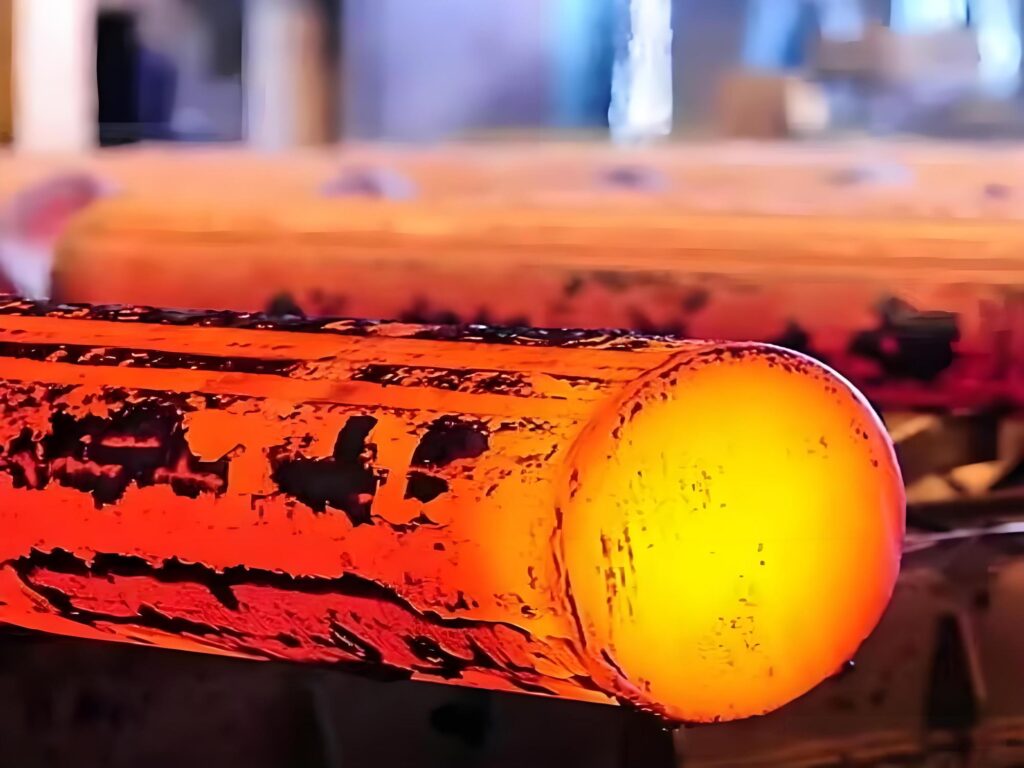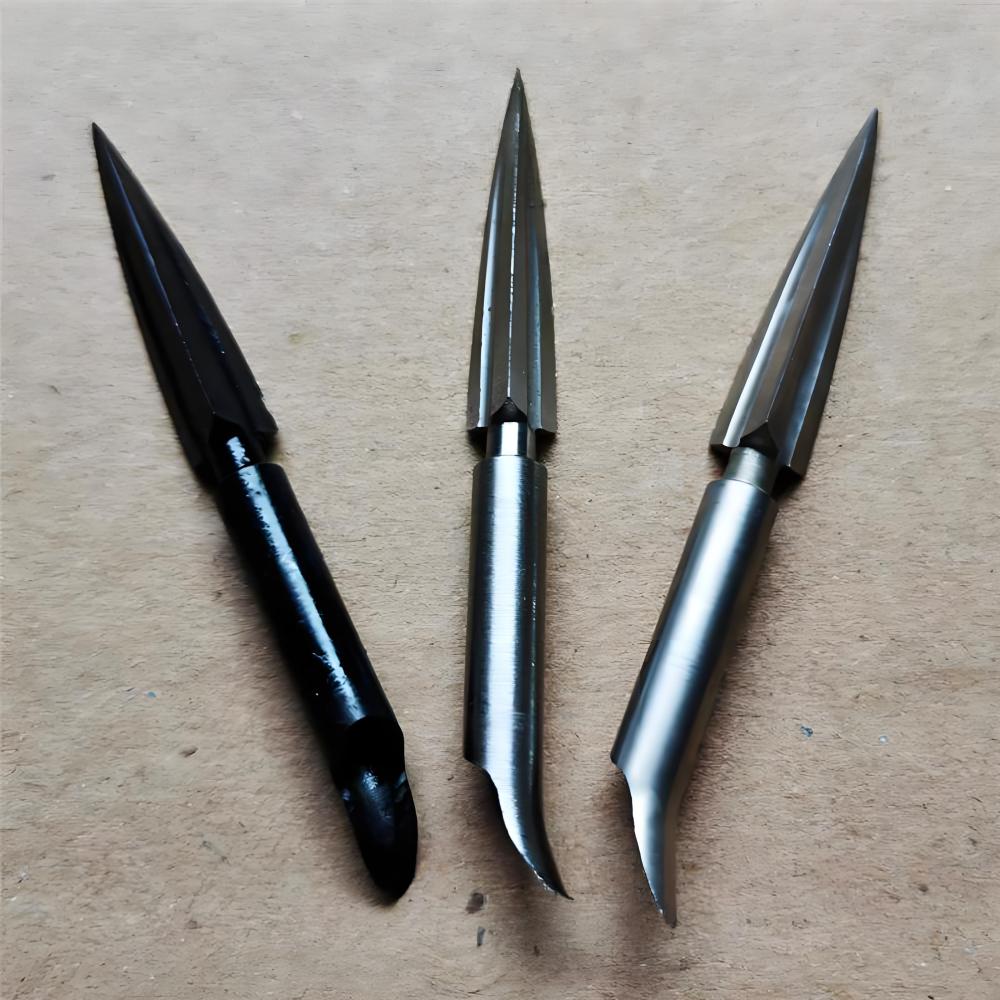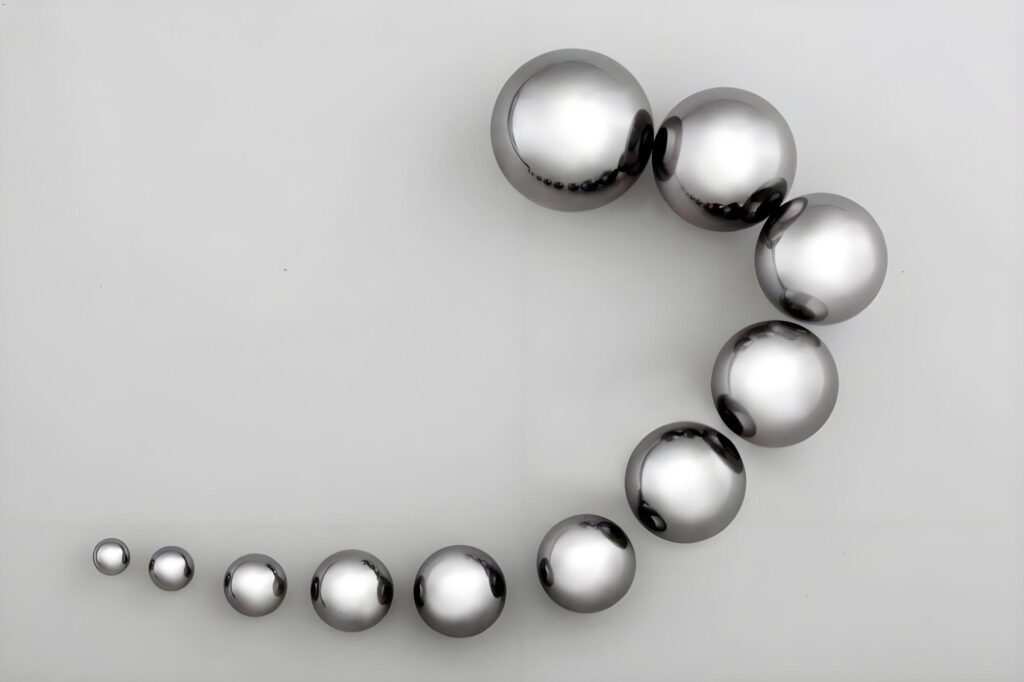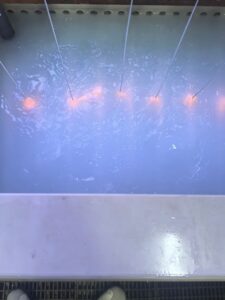At Precionn, a leader in precision machining with a strong presence in the industry, we understand the importance of selecting the right materials for your projects. One material that consistently stands out for its versatility and performance is 440 stainless steel. Known for its exceptional strength, corrosion resistance, and durability, this alloy is a favorite in various industries, from cutlery to aerospace. In this comprehensive guide, we’ll explore everything you need to know about this alloy, including its composition, properties, processing techniques, applications, and more. Whether you’re a manufacturer, engineer, or enthusiast, this article will provide valuable insights to help you make informed decisions.
What is 440 Stainless Steel?
stainless steel 440 is a high-carbon martensitic stainless steel known for its excellent hardness, wear resistance, and corrosion resistance. It belongs to the 400 series of stainless steels, which are characterized by their chromium content and martensitic structure. This alloy is widely used in applications requiring a balance of strength, durability, and resistance to environmental factors. At its core, 440 stainless steel is designed to deliver performance in demanding conditions, making it a go-to material for precision machining and high-quality manufacturing.
The 440 family includes three main grades—440A, 440B, and 440C—each with slight variations in carbon and chromium content. These differences affect their hardness, toughness, and corrosion resistance, allowing manufacturers to choose the grade best suited for their specific needs. Precionn’s expertise in machining ensures that is processed with precision to meet the highest industry standards.
Composition of 440 Stainless Steel
The composition of 440 stainless steel is what gives it its unique properties. This alloy is primarily composed of iron, with significant amounts of chromium and carbon, along with smaller quantities of other elements. Below is a breakdown of the typical composition for each grade:
- 440A:
- Chromium: 16-18%
- Carbon: 0.60-0.75%
- Manganese: 1% max
- Silicon: 1% max
- Molybdenum: 0.75% max
- Phosphorus: 0.04% max
- Sulfur: 0.03% max
- 440B:
- Chromium: 16-18%
- Carbon: 0.75-0.95%
- Manganese: 1% max
- Silicon: 1% max
- Molybdenum: 0.75% max
- Phosphorus: 0.04% max
- Sulfur: 0.03% max
- 440C:
- Chromium: 16-18%
- Carbon: 0.95-1.20%
- Manganese: 1% max
- Silicon: 1% max
- Molybdenum: 0.75% max
- Phosphorus: 0.04% max
- Sulfur: 0.03% max
The high chromium content provides excellent corrosion resistance, while the carbon content contributes to the alloy’s hardness and strength. Molybdenum enhances corrosion resistance, particularly against pitting, making this alloy suitable for harsh environments. Precionn’s machining processes are optimized to work with the unique composition of 440 stainless steels, ensuring top-quality results for every project.
Properties of 440 Stainless Steel
The properties of this alloy make it a standout choice for a wide range of applications. Its martensitic structure, combined with high carbon and chromium content, results in a unique combination of characteristics:
Hardness
440 stainless steel, particularly 440C, is renowned for its exceptional hardness. After heat treatment, it can achieve a Rockwell hardness of up to 60 HRC, making it one of the hardest stainless steels available. This makes it ideal for applications requiring sharp edges and wear resistance, such as cutting tools and surgical instruments.
Corrosion Resistance
Thanks to its high chromium content, this alloy offers excellent corrosion resistance in a variety of environments. While not as corrosion-resistant as austenitic stainless steels like 316, it performs well in mildly corrosive conditions, such as exposure to moisture or chemicals.
Wear Resistance
The high carbon content in stainless steel 440 contributes to its outstanding wear resistance. This property is particularly valuable in applications where components are subjected to repeated friction or abrasion, such as bearings or industrial tools.
Strength and Toughness
this alloy strikes a balance between strength and toughness. While it is not as tough as some lower-carbon alloys, its strength makes it suitable for demanding applications where durability is critical.
Machinability
While this alloy is harder to machine than softer alloys due to its high hardness, Precionn’s advanced machining techniques ensure precise and efficient processing. With the right tools and expertise, this material can be shaped into complex components with tight tolerances.
Processing of 440 Stainless Steel
Processing 440 stainless steel requires careful consideration due to its high hardness and strength. Below are the key steps involved in working with this material:
Heat Treatment
Heat treatment is critical for achieving the desired properties in this alloy. The process typically involves:

- Annealing: Heating the steel to 850-900°C and slowly cooling it to reduce hardness and improve machinability.
- Hardening: Heating to 1010-1070°C, followed by quenching in oil or air to achieve maximum hardness.
- Tempering: Reheating to 150-370°C to reduce brittleness while maintaining hardness.
Proper heat treatment enhances the material’s performance, making it suitable for high-precision applications. Precionn’s expertise in heat treatment ensures that 440 stainless steel components meet exact specifications.
Machining
Machining 440 stainless steel can be challenging due to its hardness, especially in the hardened state. However, with advanced CNC machining techniques, Precionn can produce intricate parts with exceptional accuracy. Carbide tools and proper coolant use are essential to prevent tool wear and ensure a smooth finish.
Welding
Welding 440 stainless steel is not typically recommended due to its high carbon content, which can lead to cracking. If welding is necessary, preheating and post-weld heat treatment are required to minimize stress and maintain structural integrity.
Surface Finishing
Surface finishing, such as polishing or coating, can enhance the corrosion resistance and aesthetic appeal of 440 stainless steel components. Polishing is particularly common in applications like cutlery, where a mirror-like finish is desired.
Applications for 440 Stainless Steel
The versatility of 440 stainless steel makes it suitable for a wide range of industries and applications. Some of the most common uses include:
Cutlery and Knives
this alloy, particularly 440C, is a popular choice for high-quality knives due to its excellent hardness and edge retention. From kitchen knives to tactical blades, this material delivers reliable performance.
Surgical Instruments
The corrosion resistance and sterilizability of this alloy make it ideal for surgical tools, such as scalpels and forceps. Its ability to maintain a sharp edge is critical in medical applications.
Aerospace Components
In the aerospace industry, this alloy is used for components that require high strength and resistance to wear and corrosion, such as bearings and fasteners.
Industrial Tools
The wear resistance and durability of this alloy make it suitable for industrial tools, such as dies, molds, and cutting blades.
Ball Bearings
440 stainless steel’s hardness and corrosion resistance make it a top choice for precision ball bearings used in machinery and automotive applications.
Precionn’s precision machining capabilities ensure that 440 stainless steel components meet the stringent requirements of these industries, delivering reliable and high-performing parts.
Advantages and Disadvantages of 440 Stainless Steel
Like any material, this alloy has its strengths and limitations. Understanding these can help you decide if it’s the right choice for your project.
Advantages
- High Hardness: Ideal for applications requiring sharp edges and wear resistance.
- Good Corrosion Resistance: Performs well in mildly corrosive environments.
- Versatility: Suitable for a wide range of applications, from cutlery to industrial components.
- Edge Retention: Maintains sharpness over extended use, especially in knives.
Disadvantages
- Limited Toughness: High carbon content makes it less tough than some other stainless steels, increasing the risk of chipping or cracking under impact.
- Challenging to Machine: Requires specialized tools and expertise for precision machining.
- Not Ideal for Welding: High carbon content can lead to cracking during welding.
- Moderate Corrosion Resistance: Less resistant to corrosion compared to austenitic stainless steels like 316 in highly corrosive environments.
By carefully considering these factors, manufacturers can determine whether this alloy is the best fit for their needs. Precionn’s expertise ensures that these challenges are addressed through advanced machining and processing techniques.
Is 440 Stainless Steel Good for Knives?

One of the most common questions about this alloy is whether it’s a good choice for knives. The answer is a resounding yes, particularly for 440C, which is widely regarded as one of the best stainless steels for knife-making. Here’s why:
Edge Retention
The high carbon content in 440C allows it to achieve exceptional hardness (up to 60 HRC), resulting in excellent edge retention. This means knives made from 440 stainless steel stay sharp longer, even with frequent use.
Corrosion Resistance
While not as corrosion-resistant as some premium stainless steels, this alloy performs well in typical knife-use environments, such as kitchens or outdoor settings with exposure to moisture.
Sharpenability
Despite its hardness, this alloy is relatively easy to sharpen compared to some ultra-high-carbon steels, making it a practical choice for both professional and home use.
Cost-Effectiveness
this alloy offers a great balance of performance and affordability, making it a popular choice for both budget-friendly and high-end knives.
Considerations
While 440 stainless steel is excellent for knives, it’s not without its drawbacks. Its lower toughness means it may not be the best choice for heavy-duty tasks like chopping or prying, where a tougher steel might be preferred. Additionally, proper maintenance, such as regular cleaning and drying, is essential to prevent corrosion in harsh conditions.
For knife manufacturers and enthusiasts, this alloy offers a reliable and cost-effective option. Precionn’s precision machining ensures that knife components made from this alloy meet the highest standards of quality and performance.
Why Choose 440 Stainless Steel for Your Next Project?
440 stainless steel is a versatile and high-performing material that excels in applications requiring hardness, wear resistance, and corrosion resistance. Whether you’re crafting a high-quality knife, producing surgical instruments, or manufacturing aerospace components, this alloy offers a compelling combination of properties. However, its unique characteristics require skilled processing to unlock its full potential.
At Precionn, we specialize in precision machining of 440 stainless steel and other high-performance materials. Our state-of-the-art facilities and experienced team ensure that every component meets your exact specifications, delivering exceptional quality and reliability. To learn more about how Precionn can support your next project with 440 stainless steel, visit our website or contact us today.




